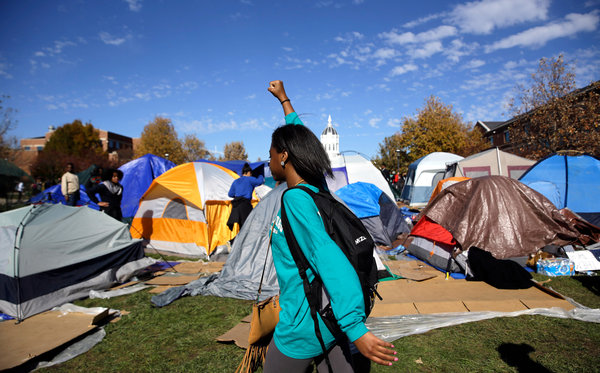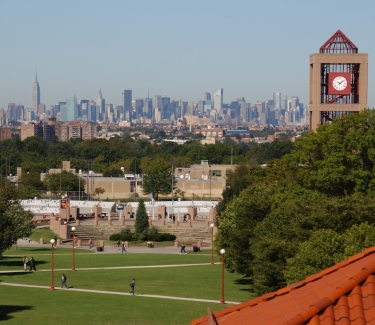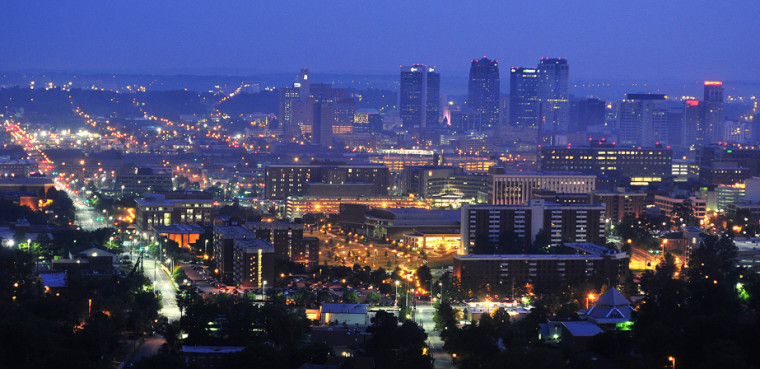Although not the only institution struggling with racial climate on campus, the University of Missouri has become ground zero for the fight to improve the experience of marginalized and underrepresented minority students on campus. Student protests including interrupting the Homecoming parade and a hunger strike by higher education graduate student Jonathan Butler came to a climax when the Mizzou football team announced they would not play or practice until the University of Missouri System President Tim Wolfe resigned. Shortly and perhaps unsurprisingly with athletics taking the protests a more national stage, Wolfe resigned as well as Missouri-Columbia Chancellor R. Bowen Loftin. There are many different opinions on how the administrators, students, media, and faculty involved in the crisis have handled themselves. However, what seems clear to me is the role of unresponsive governance structures in the crisis at the University of Missouri.

The list of demands put forward by Concerned Student 1950 (the student protest group named after the year black students were first admitted to UM) is fundamentally a list of governance demands. The removal of President Wolfe, curricular changes to include racial awareness and inclusion, increase the percentage of black faculty and staff, a new strategic plan, and support for social justice centers on campus are all demands to change the governance and culture of campus.
The marginalization of students and faculty generally in shared governance and black students and faculty in particular only escalates problems with unresponsive governance structures.




